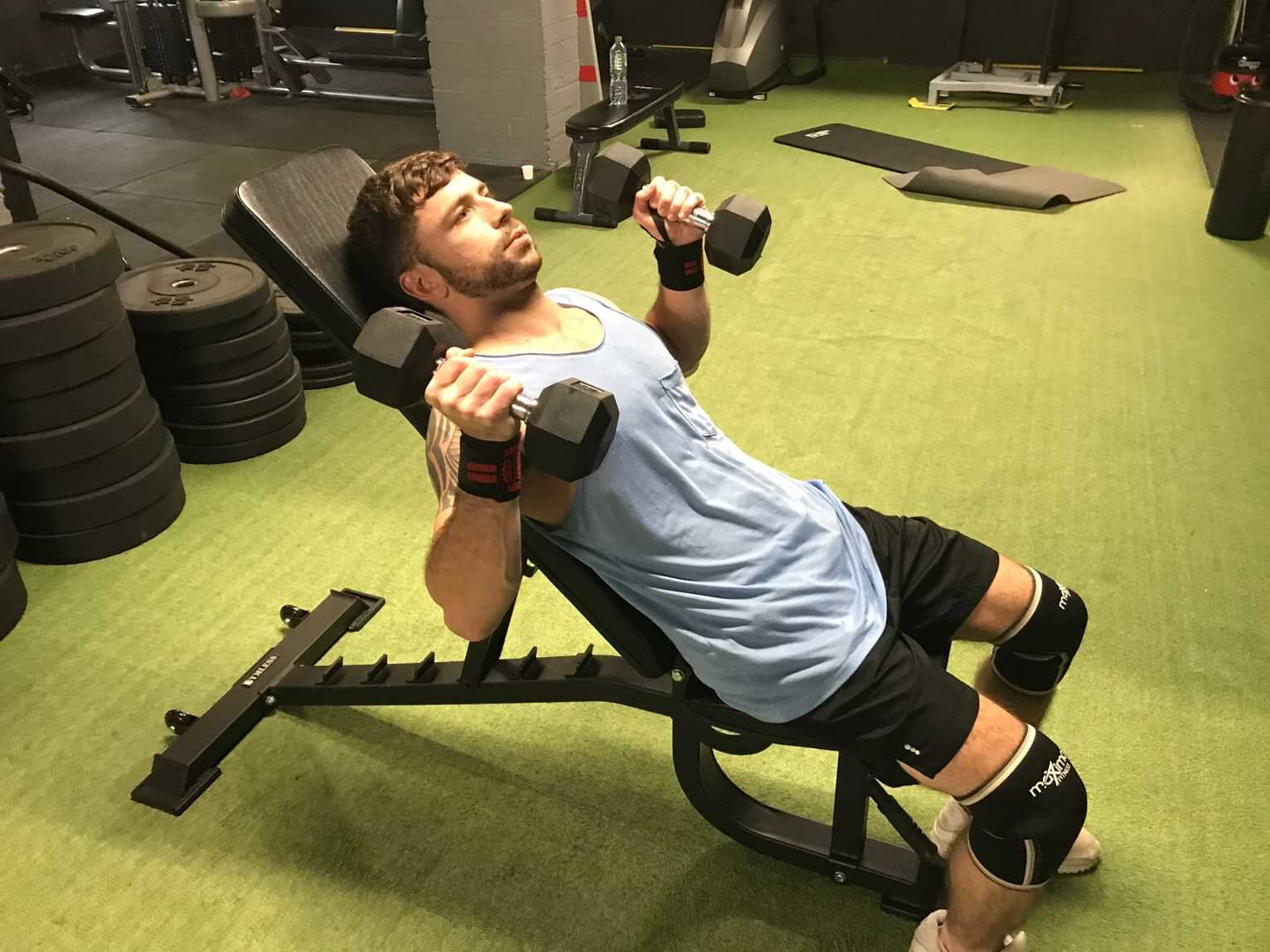The chest press is a time-honored upper-body strength movement that targets the pectorals (chest), deltoids (shoulders), and triceps (arms). To maximize results and reduce the risk of injury, practicing correct form and technique is crucial.
If you’re new to this exercise, work with a personal trainer or a workout partner who can spot you, observe your form, and offer constructive feedback. There are multiple chest press variations you can perform with machines, free weights, cables, or simply using bodyweight.
Read on to discover how to perform chest presses, the advantages they offer, and key safety considerations.
:max_bytes(150000):strip_icc()/3498292-GettyImages-1201544432-c0f8195580a64fed94c42a852fe87547.jpg)
How to perform a chest press
Below are practical pointers and step-by-step guidance for executing the chest press. Consider watching a demonstration video to complement these instructions.
Tips
Before you begin, keep these form cues in mind:
- Maintain a neutral spine throughout the movement and avoid arching your lower back.
- Keep your head, shoulder blades, and glutes pressed into the bench for the duration of the set.
- You may place a raised platform under your feet if it helps stabilize your position.
- Drive your feet firmly into the floor or platform during each rep.
- To emphasize the triceps, tuck your elbows closer to your ribcage.
- To emphasize the chest, allow your elbows to flare outward slightly from your torso.
- Keep the wrists neutral so they neither bend forward nor backward.
Benefits
The chest press ranks among the most effective movements for developing upper-body strength.
Complementary chest-focused exercises include the pec deck, cable crossovers, and dips. The chest press primarily engages the pectorals, deltoids, and triceps, aiding muscle growth and strength gains. It also recruits the serratus anterior and, to some extent, the biceps.
Stronger upper-body muscles aid everyday activities such as pushing strollers, maneuvering shopping carts, and opening heavy doors. They’re also advantageous for athletic pursuits like swimming, tennis, and baseball.
Additionally, resistance training yields broader benefits such as improved overall fitness, denser bones, and enhanced mental well-being.
Building muscle while reducing fat helps increase resting metabolic rate, burning more calories even when you’re inactive. These changes can improve appearance and mood, potentially boosting self-confidence and general wellness.
Variations
Below are several chest press variations; each shifts emphasis slightly among the muscles involved. Try a few to determine which suit you best, or rotate them through your training program.
Incline
The incline variation is performed on an inclined bench. It emphasizes the upper chest and shoulders while lessening stress on the rotator cuff muscles.
Because the shoulder muscles are generally not as strong as the chest, you might need to use lighter loads with this version.
A drawback is that it doesn’t fully engage the entire pectoral region, and you may need to give your shoulders extra recovery time afterward to prevent overuse injuries.

Cable
The cable chest press enables slow, controlled movement and builds core stability, which enhances balance.
It can be performed unilaterally and with adjustable angles to emphasize different chest zones. If a cable machine isn’t available, resistance bands can be an effective substitute.
Seated
The seated chest press also involves the biceps and latissimus dorsi. Using a machine can let you handle heavier loads with increased control. Make sure to set the seat and handles to the correct positions for your body.
Perform the press with smooth, deliberate motion and avoid letting your elbows drop too far back to prevent shoulder hyperextension. This movement can also be done one arm at a time.
Standing
The standing chest press challenges balance and engages stabilizer muscles such as the rotator cuff, erector spinae, and transversus abdominis.
This variation is best suited for those with an established strength base and solid technique. Its downside is that it typically provides less direct chest loading than bench-based versions.
Plate-loaded
You can perform the plate-loaded press standing or lying on a bench. It isolates the inner chest and reduces some injury risk. Squeezing the plates together helps maintain continuous muscle engagement throughout each rep.
Chest press vs. bench press
The chest press and bench press are both effective, working similar muscle groups with slightly different mechanics.
Which is superior depends largely on personal preference and how each movement feels for you. Alternating between the chest press and bench press across workouts is a good way to add variety to your training. For a deeper look at the bench press movement and what muscles it works, see exercise fitness bench press muscles worked.
How to avoid injury
To minimize injury risk, approach the chest press with caution and proper preparation.
Consult your physician before beginning a new exercise program, especially if you have preexisting injuries or health conditions that could affect your training.
Do a warmup and cool down
Start each session with a 5–10 minute warmup. In addition to walking, jogging, or light jumping, perform mobility drills and stretches for the arms, chest, and shoulders.
Finish with a cool down and stretch the muscles you trained.
Start with small weights
Begin with lighter loads to learn proper technique, and progressively increase weight as your form becomes solid.
Use a spotter when needed, particularly if you’re a novice. A spotter can help manage the weight, monitor your technique, assist with reps, and ensure the load is appropriate.
Try it two to three times per week
Incorporate chest presses two to three times weekly, allowing at least one rest day between sessions to prevent overtraining.
Balance chest-focused work with shoulder-strengthening exercises to reduce the likelihood of shoulder injuries from lifting beyond your shoulder capacity.
Exercise to a level that feels challenging but not painful. If you experience sharp or intense pain, stop and rest until you’re fully recovered.
Tips for form and technique
Follow these cues each repetition:
- Avoid lowering the weight too far behind your shoulders, as that can put unnecessary strain on the rotator cuff.
- Maintain symmetry by lifting equally with both sides and gripping the implement evenly across your fingers.
- If the flat-bench version causes discomfort, switch to an incline bench or use a machine-based chest press.
- When using dumbbells, don’t drop them to the floor beside you at the end of a set, as this risks shoulder injury. Instead, bring them to your chest and carefully sit up, placing them on your thighs before lowering them to the ground.
The bottom line
You can include chest presses in your program two to three times per week.
If you’re inexperienced with resistance training, consider enlisting a spotter or certified trainer to guide you and ensure you’re performing the exercise safely and effectively.


















Leave a Reply
You must be logged in to post a comment.